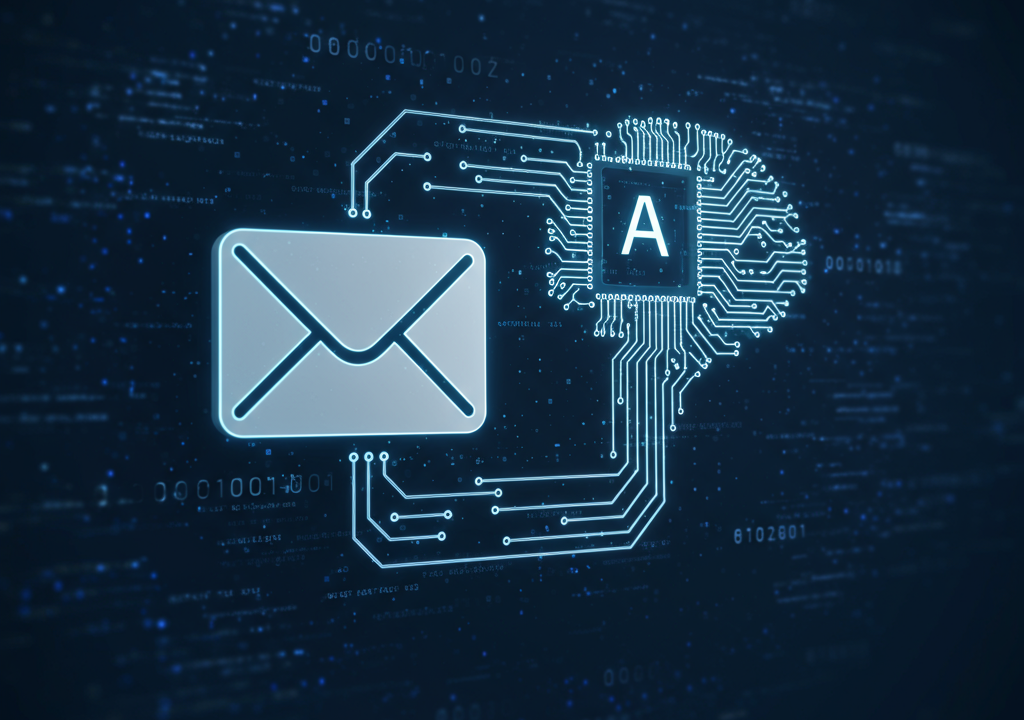
In an era where consumers receive dozens—even hundreds—of marketing emails each day, standing out in the inbox requires more than catchy subject lines. Today’s top marketers leverage advanced artificial intelligence (AI) to tailor every communication to each subscriber’s unique preferences, behavior, and lifecycle stage. In this comprehensive guide, we’ll explore how AI-driven personalization elevates your email marketing, step through implementation best practices, and show you how to measure the impact on your engagement and revenue metrics.
What Is AI-Powered Personalization?
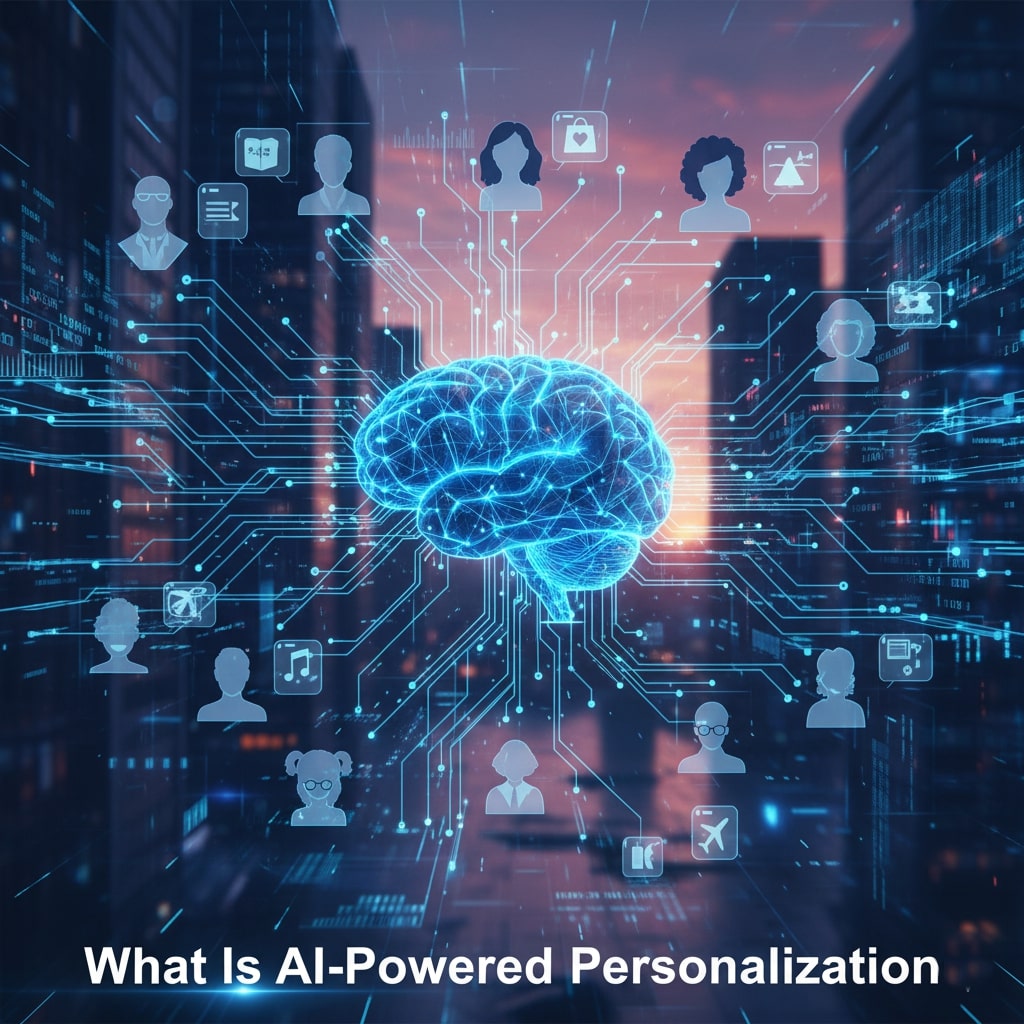
AI-powered personalization uses machine learning algorithms, predictive analytics, and natural language processing to analyze subscriber data—like past purchases, browsing history, demographic information, and email engagement—to automatically generate and send hyper-relevant content. Unlike basic segmentation, which groups subscribers by broad categories (e.g., age, location), AI dives deep into individual behaviors and signals to deliver one-to-one messaging at scale.
Benefits of AI-Powered Personalization
- Higher Open and Click Rates: Personalized subject lines and dynamic content yield significantly better open and click-through rates than batch-and-blast campaigns.
- Improved Conversion Rates: Tailored product recommendations and context-aware offers drive more purchases and form submissions.
- Enhanced Customer Loyalty: Showing subscribers that you understand their needs fosters trust and repeat engagement.
- Operational Efficiency: Automation reduces manual workload, enabling your team to focus on strategy and creative ideas rather than repetitive tasks.
Key AI Technologies in Email Personalization
- Machine Learning: Learns from historical data—opens, clicks, purchases—to predict the best send times, subject lines, and product recommendations.
- Predictive Analytics: Estimates customer lifetime value, churn risk, and propensity to buy, helping you prioritize high-value segments.
- Natural Language Processing (NLP): Dynamically generates personalized email copy—subject lines and body text—based on user data and tone preferences.
- Computer Vision (for Advanced Use Cases): Analyzes images and video engagement to recommend visually engaging content that resonates with each subscriber.
Step-by-Step Implementation of AI-Powered Personalization
- Audit and Clean Your Data: Ensure your CRM and email service provider (ESP) databases are accurate and free of duplicates. Quality data underpins effective AI models.
- Define Personalization Goals: Set clear objectives: increase click-through rates by 20%, boost average order value, reduce churn, or improve reactivation percentages.
- Select the Right AI Solution: Compare AI-powered email platforms (e.g., Iterable with AI modules, ActiveCampaign’s predictive sending, Mailchimp’s subject line assistant) based on features, ease of integration, and pricing.
- Integrate and Tag Subscriber Data: Map your data sources—website behavior, purchase history, past email interactions—into the AI engine. Use event tags to track user actions in real time.
- Build Dynamic Content Blocks: Create modular templates that swap text, images, and calls-to-action based on AI predictions. For instance, one subscriber sees product A while another sees product B, each chosen by the model.
- Configure Predictive Triggers: Set up automated workflows—welcome series, cart abandonment, post-purchase follow-up—powered by AI triggers that activate when a subscriber meets certain conditions.
- Test, Learn, and Optimize: Use A/B and multivariate tests to compare AI-driven variations against control groups. Continuously feed results back into the model to improve accuracy.
Best Practices and Tips
- Prioritize Privacy and Compliance: Obtain explicit consent, comply with GDPR and CAN-SPAM, and provide clear unsubscribe options. Transparency builds trust.
- Balance Automation with Human Touch: Review AI-generated copy and offers. Sometimes a human edit ensures brand voice consistency.
- Use Real-Time Data: Incorporate real-time signals—like live browsing or in-app behavior—to trigger hyper-timely campaigns.
- Segment for Strategy, Personalize with AI: Combine traditional segmentation (VIPs, new subscribers) with AI recommendations for layered personalization.
- Monitor Model Drift: Periodically retrain your AI models to account for shifting consumer behaviors and seasonal trends.
Measuring Success: Key Metrics
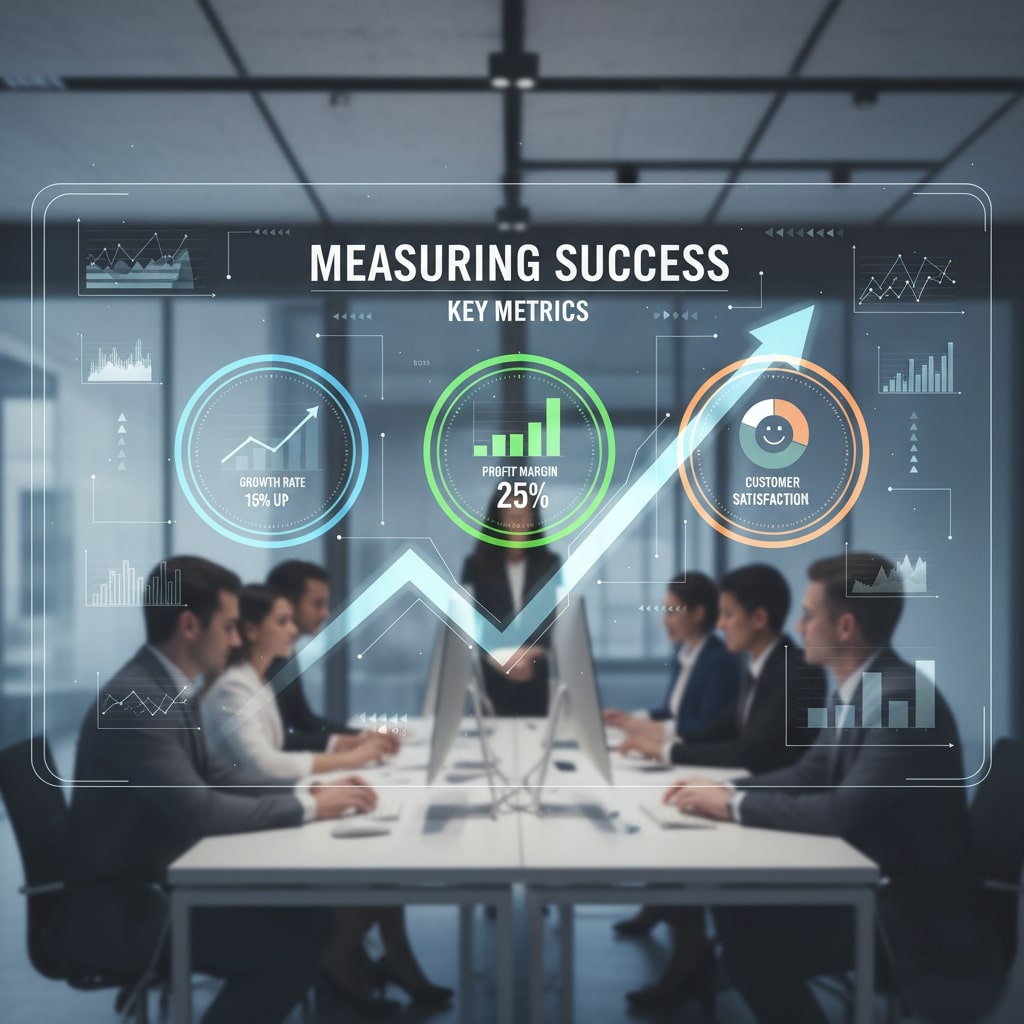
- Open Rate Uplift: Compare AI-personalized send rates versus non-personalized campaigns.
- Click-Through Rate (CTR): Track interaction with dynamic content blocks and product recommendations.
- Conversion Rate: Attribute purchases, form completions, or other goals to AI-driven workflows.
- Customer Lifetime Value (CLV): Measure long-term revenue impact of personalized reactivation and retention campaigns.
- Engagement Over Time: Monitor how personalization affects subscriber engagement throughout their lifecycle.
Case Studies and Examples
E-commerce Fashion Brand: By implementing AI-driven product recommendations in cart abandonment emails, one retailer saw a 35% increase in recoveries and a 25% lift in average order value.
B2B SaaS Company: Leveraging predictive analytics to identify trial users most likely to convert, the company automated drip campaigns that boosted free-to-paid conversion by 18%.
Future Trends in AI-Personalized Email Marketing
Looking ahead, we expect even deeper integration of generative AI for crafting subject lines and body copy on the fly, hyper-localization based on geographic micro-segments, and advanced sentiment analysis to gauge emotional tone. As voice-enabled emails and interactive AMP blocks gain traction, AI will underpin more immersive, real-time experiences within the inbox.
Conclusion
AI-powered personalization represents the next frontier in email marketing effectiveness. By harnessing the predictive power of machine learning, natural language processing, and real-time analytics, brands can deliver truly one-to-one experiences at scale—driving higher engagement, stronger customer loyalty, and ultimately greater revenue. Begin by auditing your data, selecting the right AI platform, and launching a pilot program. With continuous testing and optimization, you’ll soon unlock the full potential of AI-driven email campaigns.
Ready to transform your email marketing with AI? Start your personalization journey today and watch your engagement metrics soar!



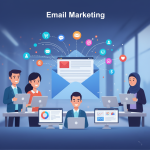

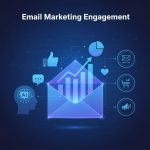
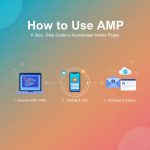
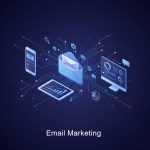

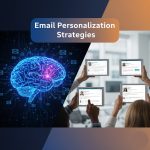

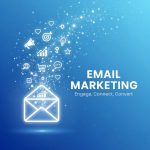
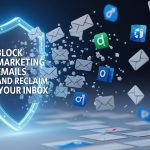

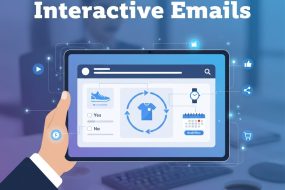
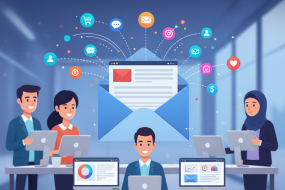
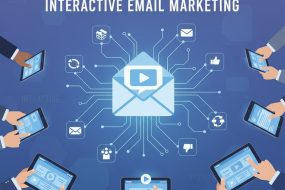
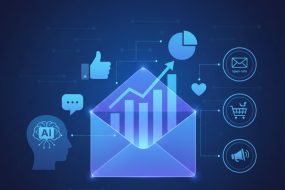
No Comments